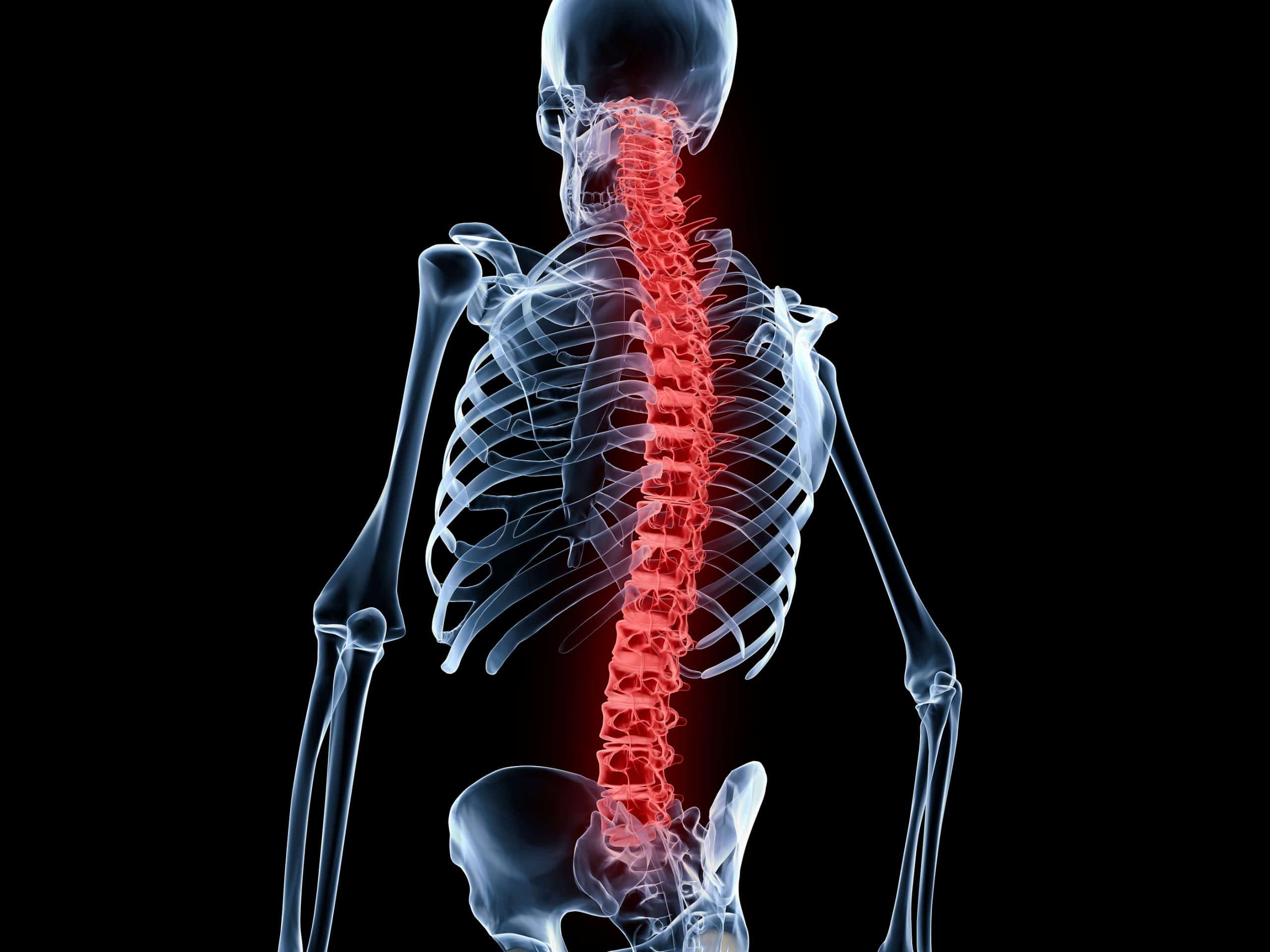Accidents happen when we least expect them, and unfortunately, they can lead to serious consequences, especially when it comes to spine injuries. From car crashes to falls, the spectrum of accidents that can cause spinal damage is vast and varied.
In this article, we delve into the different types of accidents that can result in spinal injuries. Whether you’ve been involved in a car accident, slipped down the stairs, or fallen from a height, understanding the potential impact on your spine is crucial.
We explore the mechanics behind spine injuries in various accidents, highlighting the importance of seeking immediate medical attention to prevent further complications. From whiplash to fractures, we untangle the complexities of spinal damage resulting from accidents and discuss the potential long-term effects on your quality of life.
By raising awareness about the different ways accidents can lead to spine injuries, we hope to encourage everyone to prioritize safety and prevention. Stay tuned as we unravel the intricacies of these accidents, shedding light on the impact they can have on the most vital part of our body – our spine.
Common causes of spine injuries
Spine injuries can occur as a result of various accidents. Understanding the common causes can help raise awareness and promote safety in our daily lives. Car accidents, falls, sports-related accidents, workplace incidents, and medical negligence are some of the primary causes of spine injuries.
Car Accidents and Spine Injuries
Car accidents are a leading cause of spine injuries worldwide. The sudden impact and force exerted on the body during a collision can result in severe damage to the spinal cord. Whiplash, a common car accident injury, occurs when the neck is forcefully jerked back and forth. This can lead to strains in the muscles and ligaments of the neck, causing pain and discomfort. In more severe cases, car accidents can cause fractures, herniated discs, or even spinal cord injuries, resulting in long-term disabilities.
Falls and Spine Injuries
Falls are another significant cause of spine injuries, especially among the elderly. Slipping on a wet floor, tripping on uneven surfaces, or falling from a height can all lead to spinal damage. When someone falls, the impact can compress or damage the vertebrae, resulting in fractures or herniated discs. The severity of the injury depends on various factors, such as the height of the fall and the position of the body upon impact. Prompt medical attention is crucial to assess the extent of the injury and prevent further complications.
Sports-Related Accidents and Spine Injuries
Participating in sports activities can bring immense joy and excitement, but it also carries the risk of spine injuries. Contact sports like football, rugby, and wrestling pose a higher risk of spinal damage due to the high impact and physical nature of the game. Sudden twists, tackles, or collisions can cause fractures, herniated discs, or even spinal cord injuries. Athletes should prioritize proper training, protective gear, and adherence to safety guidelines to minimize the risk of such injuries.
Workplace Accidents and Spine Injuries
Spine injuries are not limited to car accidents or falls; they can also occur in the workplace. Jobs that involve heavy lifting, repetitive motion, or prolonged periods of sitting can put strain on the spine and increase the risk of injuries. Poor ergonomics, inadequate safety protocols, or accidents involving heavy machinery can cause spinal damage. It is essential for employers to prioritize employee safety, provide proper training, and implement ergonomic measures to minimize the risk of workplace accidents and subsequent spine injuries.
Medical Negligence and Spine Injuries
While accidents are often unpredictable, spine injuries can also occur due to medical negligence. Mistakes during surgeries, improper administration of anesthesia, or failure to diagnose and treat spinal conditions promptly can result in severe harm to the spinal cord. Medical professionals have a duty to provide a standard level of care, and any negligence in this regard can lead to life-altering consequences. If you suspect medical negligence has caused your spine injury, it is crucial to seek legal advice to understand your rights and potential recourse.
Understanding the Different Types of Spine Injuries
Spine injuries can manifest in various ways, each with its own set of implications. Fractures, herniated discs, spinal cord injuries, and whiplash are among the most common types of spine injuries resulting from accidents.
Fractures occur when the bones in the spine break or crack due to a significant impact. Depending on the severity, fractures can range from compression fractures (caused by the vertebrae collapsing) to burst fractures (caused by the bone breaking into multiple pieces). Treatment options for fractures may include pain management, bracing, or in severe cases, surgery.
Herniated discs, also known as slipped discs or ruptured discs, occur when the soft, gel-like center of a spinal disc pushes through the tough outer layer. This can cause pain, numbness, or tingling sensations. Treatment for herniated discs may include physical therapy, pain medication, or in severe cases, surgery.
Spinal cord injuries are the most severe type of spine injury, often resulting in partial or complete paralysis. These injuries can occur when the spinal cord is damaged, leading to loss of sensation and motor function below the site of the injury. Treatment for spinal cord injuries involves immediate medical attention, stabilization, and rehabilitation to maximize recovery and improve quality of life.
Whiplash is a common injury resulting from car accidents. It occurs when the neck and head are forcefully jerked back and forth, causing strain on the muscles, ligaments, and tendons in the neck. Symptoms of whiplash may include neck pain, stiffness, headaches, and dizziness. Treatment typically involves pain management, physical therapy, and self-care measures such as rest and ice.
Treatment Options for Spine Injuries
The treatment options for spine injuries vary depending on the type and severity of the injury. In some cases, conservative treatments such as medication, physical therapy, and chiropractic care may be sufficient to alleviate symptoms and aid in the healing process. In more severe cases, surgical intervention may be necessary to stabilize the spine, repair fractures, or decompress the spinal cord. Rehabilitation plays a vital role in the recovery process, helping patients regain function and adapt to any physical limitations.
Conclusion: Importance of Prevention and Seeking Medical Help
Accidents leading to spine injuries can have a profound impact on an individual’s quality of life. It is crucial to prioritize safety measures, such as wearing seat belts in cars, using handrails on stairs, wearing protective gear during sports activities, and following proper workplace protocols. Additionally, seeking immediate medical attention after an accident is essential, as early intervention can prevent further complications and optimize the chances of recovery.
By understanding the different types of accidents that can lead to spine injuries, we can better appreciate the importance of prevention and safety in our daily lives. Let us strive to create a culture of awareness and prioritize the well-being of our spines, ensuring a healthier future for ourselves and those around us.





























